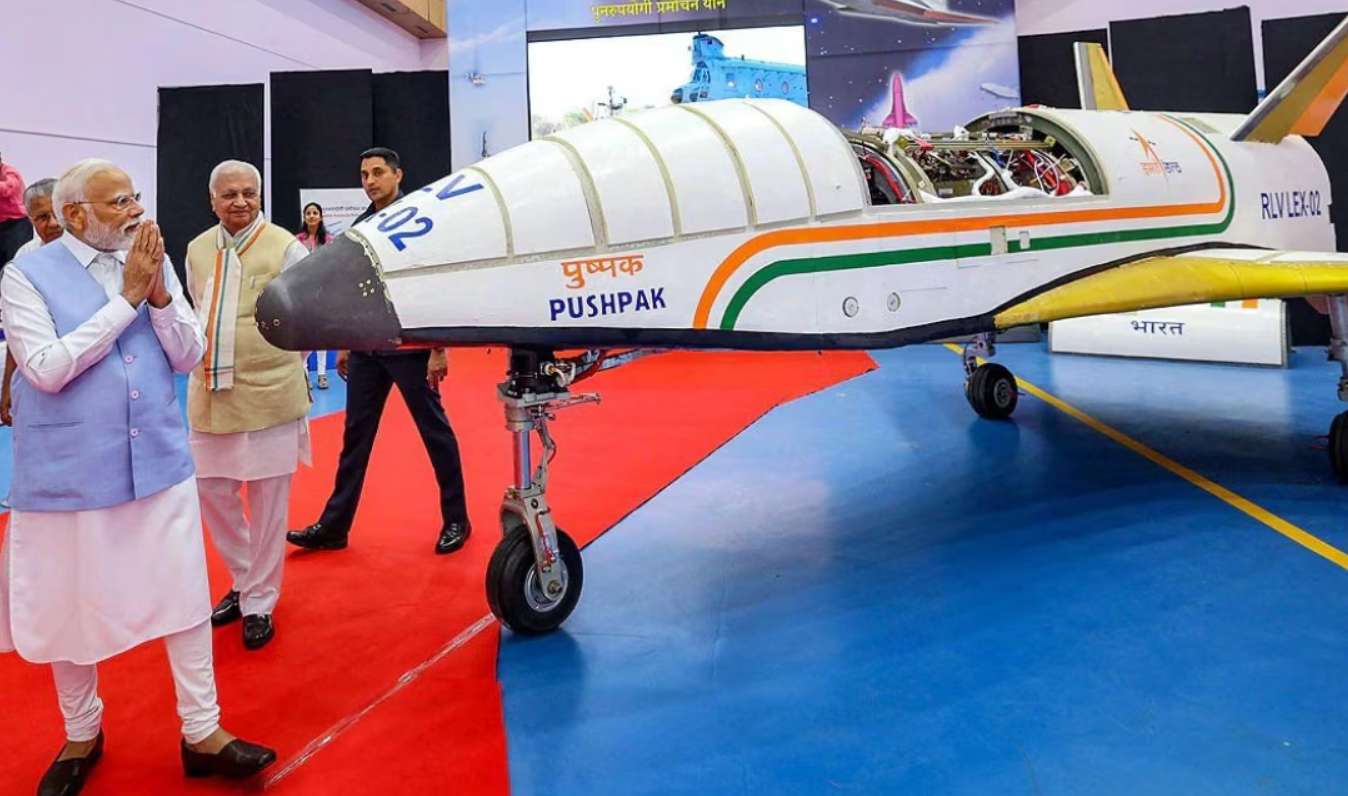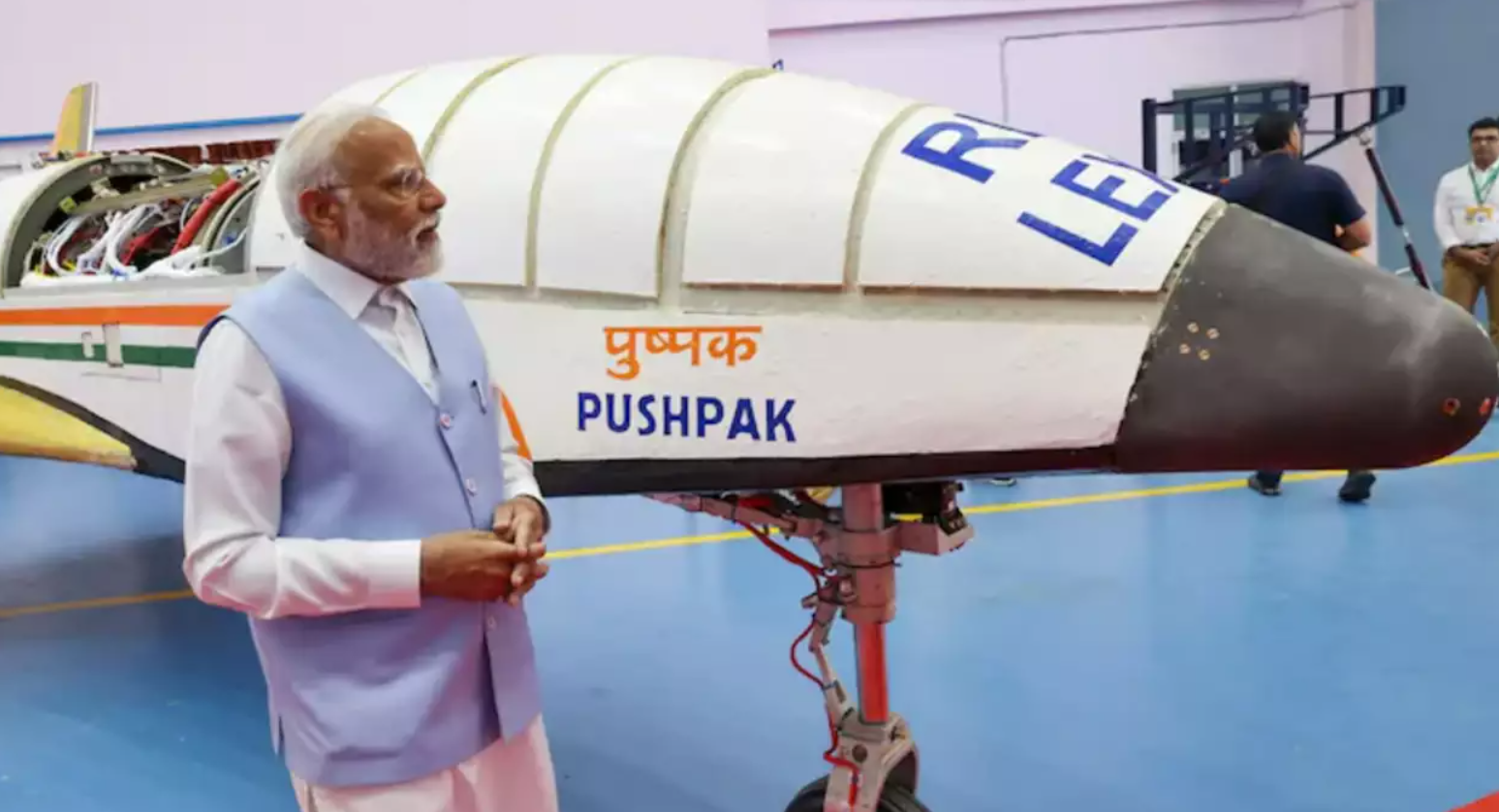
Get ready to blast off! This week, India witnessed a historic event: the successful launch of “Viman,” its next-generation spacecraft. Named after the legendary flying chariot from Hindu mythology, Viman marks a giant leap forward for the Indian Space Research Organisation (ISRO) and ushers in a new era of space exploration for the nation.
What is Viman?
While details surrounding Viman are still emerging, here’s what we know so far:
- Next-Gen Technology: Viman is touted to be a game-changer, incorporating advanced technologies that will enhance India’s spacefaring capabilities.
- Mission Objectives: Specific details about Viman’s mission objectives are yet to be revealed, but speculation suggests it could be a critical part of ISRO’s plans for deep space exploration or reusable launch vehicle development.
- A Stepping Stone: Viman’s success is a crucial stepping stone for ISRO’s ambitious future endeavors, paving the way for more complex and groundbreaking missions.
Why is Viman a Big Deal?
The successful launch of Viman signifies several important achievements for India:
- Technological Prowess: Viman showcases India’s growing expertise in developing sophisticated spacecraft, putting the nation at par with other leading spacefaring countries.
- Cost-Effectiveness: ISRO is renowned for its cost-efficient space programs. Viman’s success is likely another testament to this focus, making space exploration more accessible.
- National Pride: Viman’s launch has ignited a wave of national pride, inspiring future generations and solidifying India’s position as a major player in the global space race.

The story behind Viman, India’s next-generation spacecraft, has two interesting layers: its technological inspiration and its mythological namesake.
Mythological Inspiration:
Viman is named after the legendary flying chariots described in Hindu texts like the Mahabharata and Puranas. These celestial vehicles were said to be incredibly advanced, capable of traversing the skies at great speeds and possessing amazing features.
Here are some cool aspects of Vimanas from mythology:
- Self-propelled: Vimanas were believed to move without the need for external engines, possibly hinting at anti-gravity technology.
- Shape-shifting: Some descriptions mention Vimanas changing form, adding another layer of wonder to their capabilities.
- Luxurious Interiors: These flying palaces were said to be adorned with precious jewels and furnished for comfort, making them fit for royalty.
By naming the spacecraft Viman, ISRO draws a connection between the mythical flying chariots and the potential of their new spacecraft. It signifies India’s ambition to push the boundaries of space exploration and reach new heights, much like the legendary Vimanas.
Technological Inspiration:
The specific details about Viman’s technology haven’t been fully revealed yet. However, based on what we know, here are some possibilities:
- Next-Gen Design: Viman is likely to incorporate cutting-edge technologies that enhance India’s spacefaring capabilities. This could involve advancements in propulsion systems, materials science, or communication technologies.
- Deep Space Exploration: There’s speculation that Viman might play a role in ISRO’s plans for venturing further into deep space. The advanced features could allow it to travel longer distances and withstand the harsh environment of space.
- Reusable Technology: ISRO’s focus on cost-effectiveness might extend to Viman. The spacecraft’s design could incorporate elements of reusability, reducing launch costs for future missions.

The Road Ahead
With Viman soaring into the cosmos, the future of Indian space exploration looks brighter than ever. We can expect to see:
- Further Innovation: The success of Viman will likely fuel further innovation within ISRO, leading to the development of even more advanced spacecraft.
- Ambitious Missions: With Viman’s capabilities, ISRO might aim for more ambitious missions, potentially venturing further into deep space or undertaking complex scientific experiments.
- International Collaboration: Viman’s success could pave the way for increased collaboration with other space agencies, fostering knowledge exchange and accelerating space exploration for all.
Beyond the Horizon: The Future of ISRO
ISRO’s vision doesn’t stop at the moon. Here’s a glimpse into what’s on the horizon:
- Reusability and Cost-Effectiveness: ISRO is constantly innovating to make space missions more affordable. Developing reusable launch vehicles is a key focus for future missions.
- Interplanetary Exploration: Missions to Mars and Venus are possibilities being explored, showcasing India’s aspirations for deeper space exploration.
- International Collaboration: India actively collaborates with other space agencies, fostering knowledge sharing and pushing the boundaries of space exploration together.
Viman’s launch is a defining moment for India’s space program. As we celebrate this incredible feat, let’s keep our eyes on the stars, eager to witness the remarkable things India will achieve in the vast expanse of space.
